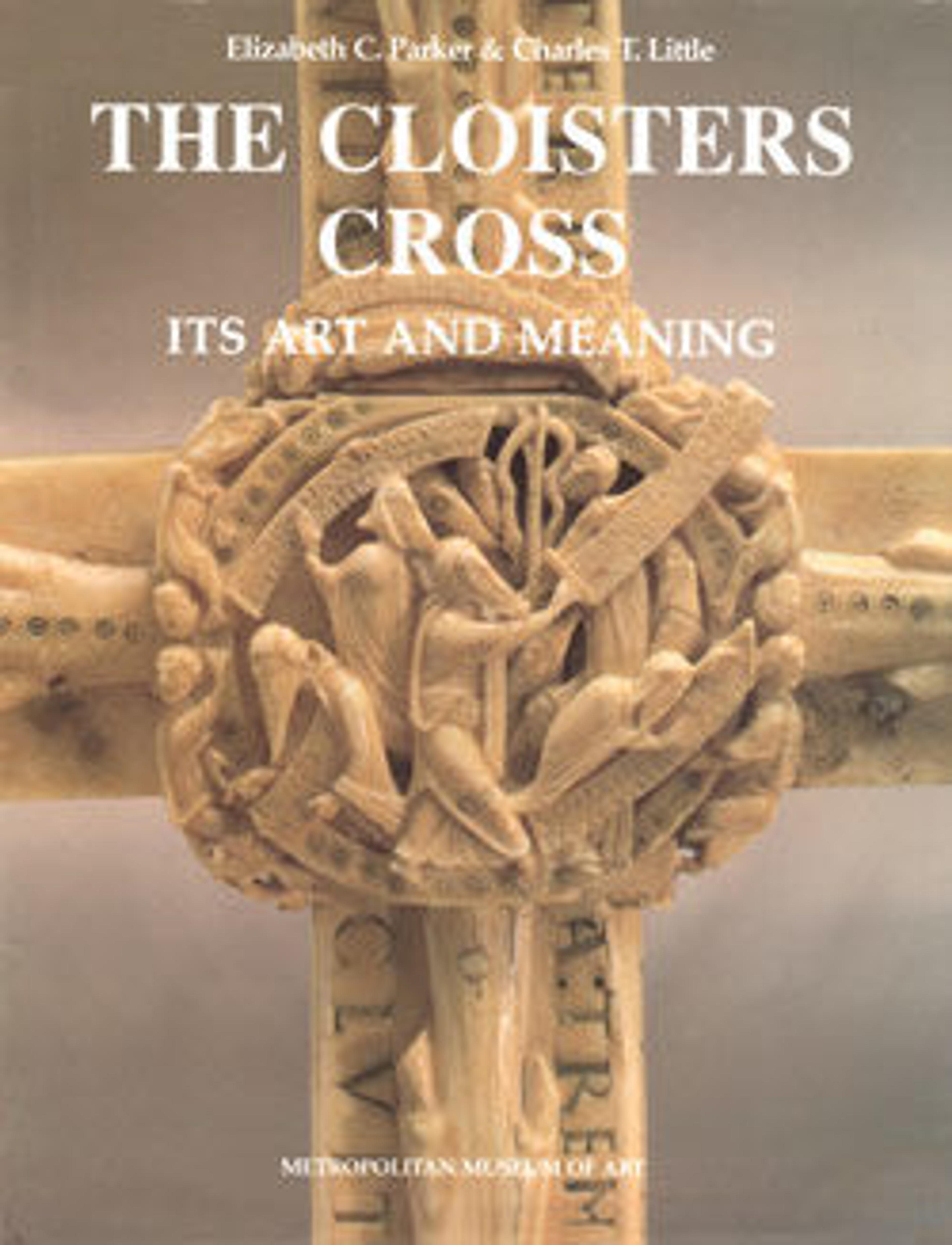Plaque with Christ Before the High Priest Caiaphas
Originally thought to be the missing base plaque of The Cloisters cross, this ivory is one of its closest surviving parallels. Within the city walls of Jerusalem, the bound figure of Christ is brought before the High Priest Caiaphas for trial. The shallow relief space and sketchy, less decisive figures differentiate its carving from that of the cross. It must have originally been part of a large narrative cycle dedicated to the Life of Christ.
Artwork Details
- Title:Plaque with Christ Before the High Priest Caiaphas
- Date:ca. 1150–75
- Culture:British
- Medium:Walrus Ivory and paint
- Dimensions:Overall: 2 3/16 x 2 1/16 x 1/4 in. (5.6 x 5.2 x 0.6 cm)
- Classification:Ivories-Walrus
- Credit Line:The Cloisters Collection, 1963
- Object Number:63.127
- Curatorial Department: Medieval Art and The Cloisters
More Artwork
Research Resources
The Met provides unparalleled resources for research and welcomes an international community of students and scholars. The Met's Open Access API is where creators and researchers can connect to the The Met collection. Open Access data and public domain images are available for unrestricted commercial and noncommercial use without permission or fee.
To request images under copyright and other restrictions, please use this Image Request form.
Feedback
We continue to research and examine historical and cultural context for objects in The Met collection. If you have comments or questions about this object record, please contact us using the form below. The Museum looks forward to receiving your comments.
